

When it comes to MMOs, we all have a preferred method of payment, but some are simply more user friendly than others. I’ve seen great games ruined by terrible, price-gouging payment systems and otherwise great business models wasted on overall bad titles. That being said, even the best payment models won’t work for every game or will ensure its longevity. There are, however, some that are downright offensive and almost feel borderline illegal. This week we’ll be looking at the three most prevalent payment models and how they stack up against each other.
This is the oldest and most reliable payment model dating back to the early days of MMORPGs such as EverQuest and Ultima Online. Generally, customers are required to first buy the game and then pay a flat fee every month, usually between $9 and $15, in exchange for consistent server maintenance and quality of life updates. The ideology behind this model is that players are constantly funding new content with that monthly fee, but things tend to break down once that trust is broken and if developers don’t deliver back on those promises.
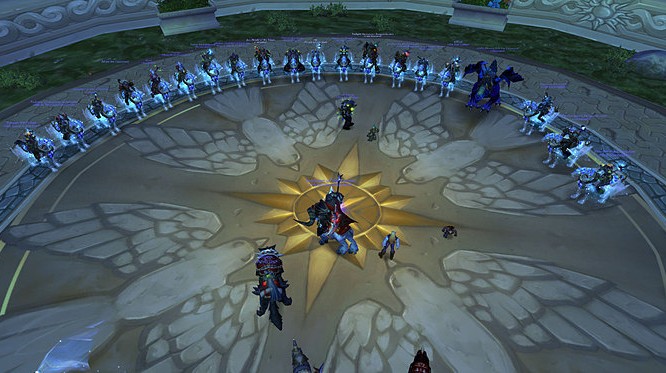
The tyranny begins…
While this system is common place today, its popularity didn’t reach extensive heights until World of Warcraft was introduced in 2004. Since then, many game developers have tried to capitalize on World of Warcraft’s successful business, but many have fallen short due to technical issues, failure to deliver quality content or just boredom from players. Very few games have actually been able to maintain this payment system for long periods of time after launch. Star Wars: The Old Republic and The Elder Scrolls Online are two such games that have shifted to different payment methods after losing a large number of subscribers early on.
What the subscription model provides, that almost no other payment method does, is a completely equal playing field. Everyone levels at the same pace, has access to the same equipment and mounts, can travel the entire world, and isn’t met with any obstructive paywalls. For a small fee every month, your level of input determines how you match up with everyone else in the world. Skill and time are the two main contributors in a subscription-based experience and the more you have of either, or both, generally places you in a higher echelon than everyone else. Highly skilled players with only a few hours to play each week can compete against average players with lots of time, but those with both can dominate in these types of games.
This equal playing field is generally seen as a positive aspect, but those with a limited amount of money or time generally have issues with subscriptions. It’s true that some people simply can’t, or won’t for principle, pay the monthly fee and there are other models that offer incentives for players who are willing to pay to level more quickly. Therefore the subscription model is one of the more well-rounded methods, but it isn’t a one size fits all concept.
Nothing in life is free. Even though many games are advertised as “free-to-play” there’s usually a catch. Whether it’s limited class selection, character slots, zones, slower experience or restricted item usage, most free-to-play titles find a way to restrict players in a way that will encourage them to spend money. The worst types of these games are classified as “pay-to-win.” These are the games where players can literally spend money to become more powerful. Typical lower tier MMORPGs are known for this, such as Wartune and League of Angels, but there are also more popular games with relatively bad payment structures including Warframe and The War Z. The worst offenders, however, are usually mobile games, which can charge upwards of $1000 for certain characters or perks. Mobage and IGG are both known for charging obscene amounts for their mobile RPGs and card games that usually sucker players into making multiple smaller “microtransactions” in order to keep up with the competition.
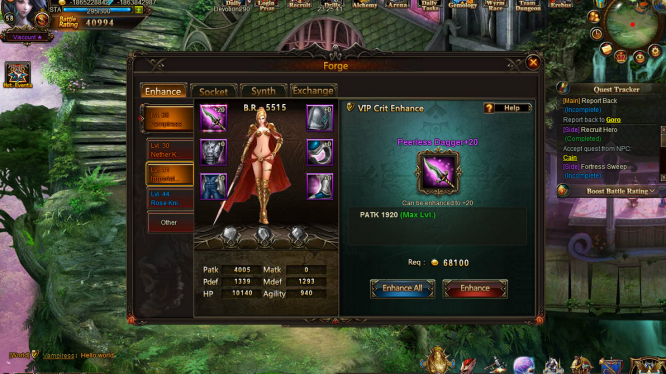
League of Angels includes just about everything that’s wrong with free-to-play.
Not all free-to-play models are necessarily bad, and some are downright generous. Dota 2 doesn’t require any type of payment and comes with all characters unlocked; only purely cosmetic items and small boosts can be purchased, which have no impact on the gameplay whatsoever. Similar games like League of Legends and SMITE also offer a fair playing field, but require either a lot of time or money to unlock all of their characters.
One of the best aspects of free-to-play titles is that they offer the best trial periods around. There are still many subscription, or buy-to-play, games on the market that don’t offer much, if any, of a trial period. In free-to-play games you can play for as long as you’d like before committing any real cash. Unfortunately, once the cash starts rolling it’s usually hard to stop. Players get invested in games and reinforce more spending with the fact that they’ve already put so much money into the game that they can’t stop now. This begins a downward cycle that can result in some players dropping thousands of dollars into a game that would have cost them much less with a standard subscription. There are really so many differing takes with how free-to-play is utilized that make it a mixed bag in the end.
Although this concept is the cornerstone of the gaming market it’s rarely seen in MMORPGs. This is likely because of how much value is included in a buy-to-play game, and there isn’t much additional revenue going to developers or publishers to keep things afloat. Many buy-to-play models also include a cash shop, but they’re usually much less offensive than their free-to-play counterpart. Guild Wars 2 is a great example of a well put together buy-to-play game that allows players, who shell out for the initial purchase, to enjoy every aspect of the game while still offering additional, usually cosmetic, bonuses to those who want to pay a little extra. Most things in the Guild Wars 2 shop include unique costumes, character alterations, or boosts to experience, but the level grind in Guild Wars 2 isn’t that difficult to begin with. Another example is Global Agenda, before it went completely free-to-play, which required players to buy the initial game but also offered a relatively inexpensive premium membership that provided bonus experience and additional loot.
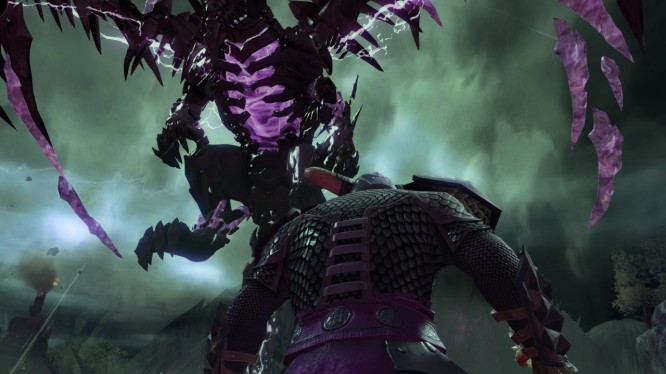
With a new expansion on the horizon, Guild Wars 2 appears to be doing something right.
When it comes to value, buy-to-play almost always comes out ahead. Many subscription-based games also require the product to be purchased and then charge an additional fee while free-to-play games can end up costing exceptionally more to stay competitive. There is, however, a risk to buyers due to a general lack of a trial systems and once purchased it’s relatively hard to get your money back. Furthermore, this model is also risky for developers. There’s no guarantee of steady flow of cash and with little to no incentive for players to make microtransactions they have to rely on the quality of their game and loyalty of their fans to ensure a paycheck. For this reason it’s easy to see how subscription-based games can operate with less players and why there are far less buy-to-play MMORPGs than any other type.
Even though I previously stated that buy-to-play is generally the best choice for the consumer, it’s not necessarily the best for the industry overall. Not many MMORPGs have succeeded in the buy-to-play market with Guild Wars 2 being one of the few exceptions. It’s risky for customers to invest in a product that might not be around in a year and it’s risky for developers to put their existence solely in the hands of players. The Elder Scrolls Online is scheduled to transition to buy-to-play in a couple of months, which might impact future games depending on its success or failure. Currently the free-to-play market is extremely hit or miss with titles that utilize it well like Star Wars: The Old Republic and Dungeons & Dragons Online, but for every game that does it right there are dozens that are mainly meant to rip players off. A game might be really enjoyable, but if it uses paywalls to manipulate players into paying obscene amounts of money then it really detracts from its overall value.
Basically that leaves the subscription model as the default winner. What makes it great is that it acts as a contract between developers and players. The players decide to spend an agreed upon amount every month in exchange for reliable servers, updates and new content on an acceptable timeline. The games that provide these things become successful and the ones that break the contract usually end up going free-to-play or are completely washed out of existence. This is why World of Warcraft, Final Fantasy XIV: A Realm Reborn, and EVE Online are still able to operate with a monthly fee; they’ve catered to their fans who are obviously willing to pay for the experience that’s provided to them. The subscription model embodies capitalism in the gaming industry and the customers dictate which games are worth keeping around by continuing to pay for them.


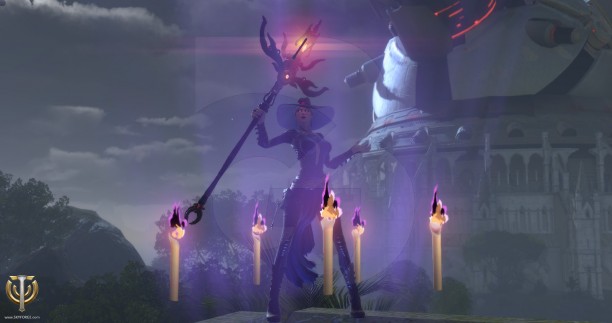
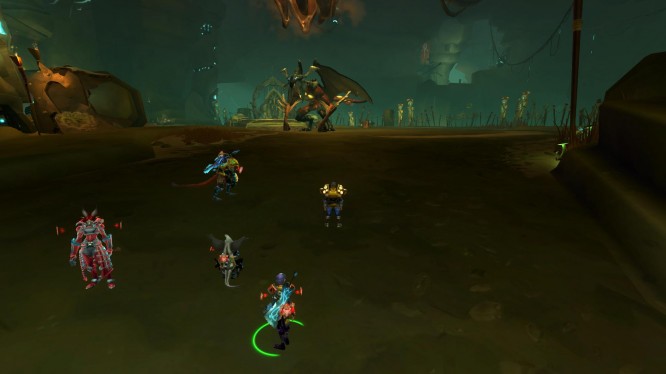
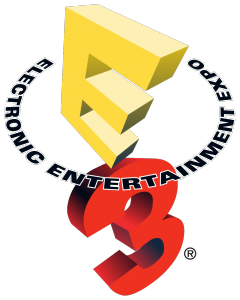 MMOGames' E3 2015 Coverage .
MMOGames' E3 2015 Coverage .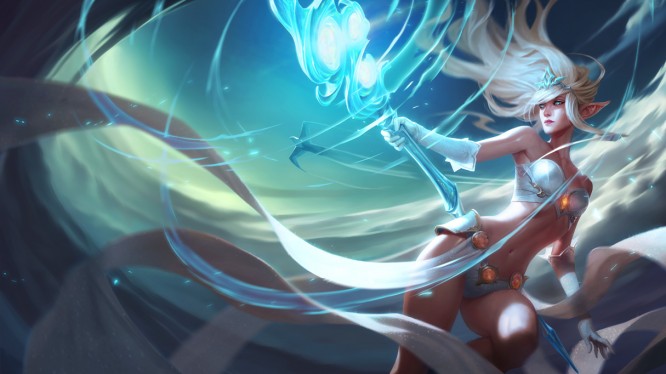 MOBA Monday: 5 tips for Supports in League of Legends
MOBA Monday: 5 tips for Supports in League of Legends Plants vs. Zombies 2: Destroy the Dodo Rider Zombie
Plants vs. Zombies 2: Destroy the Dodo Rider Zombie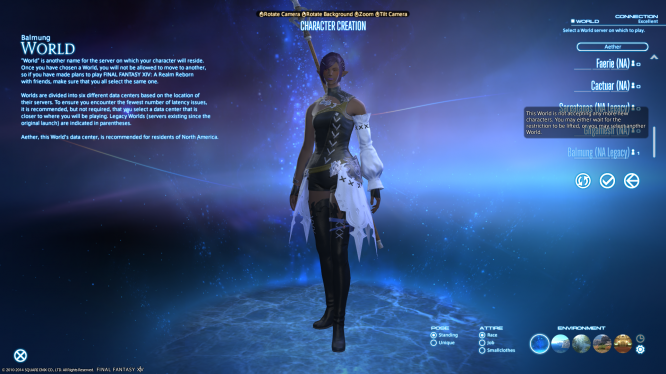 Eorzean Evening Post: FFXIV Recruitment Woes .
Eorzean Evening Post: FFXIV Recruitment Woes .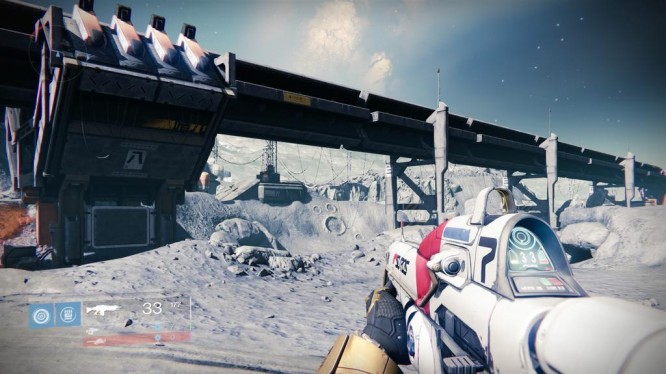 Was Destiny a Failure? .
Was Destiny a Failure? .